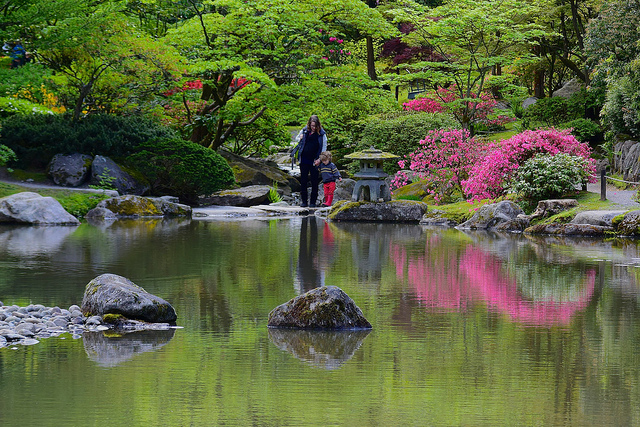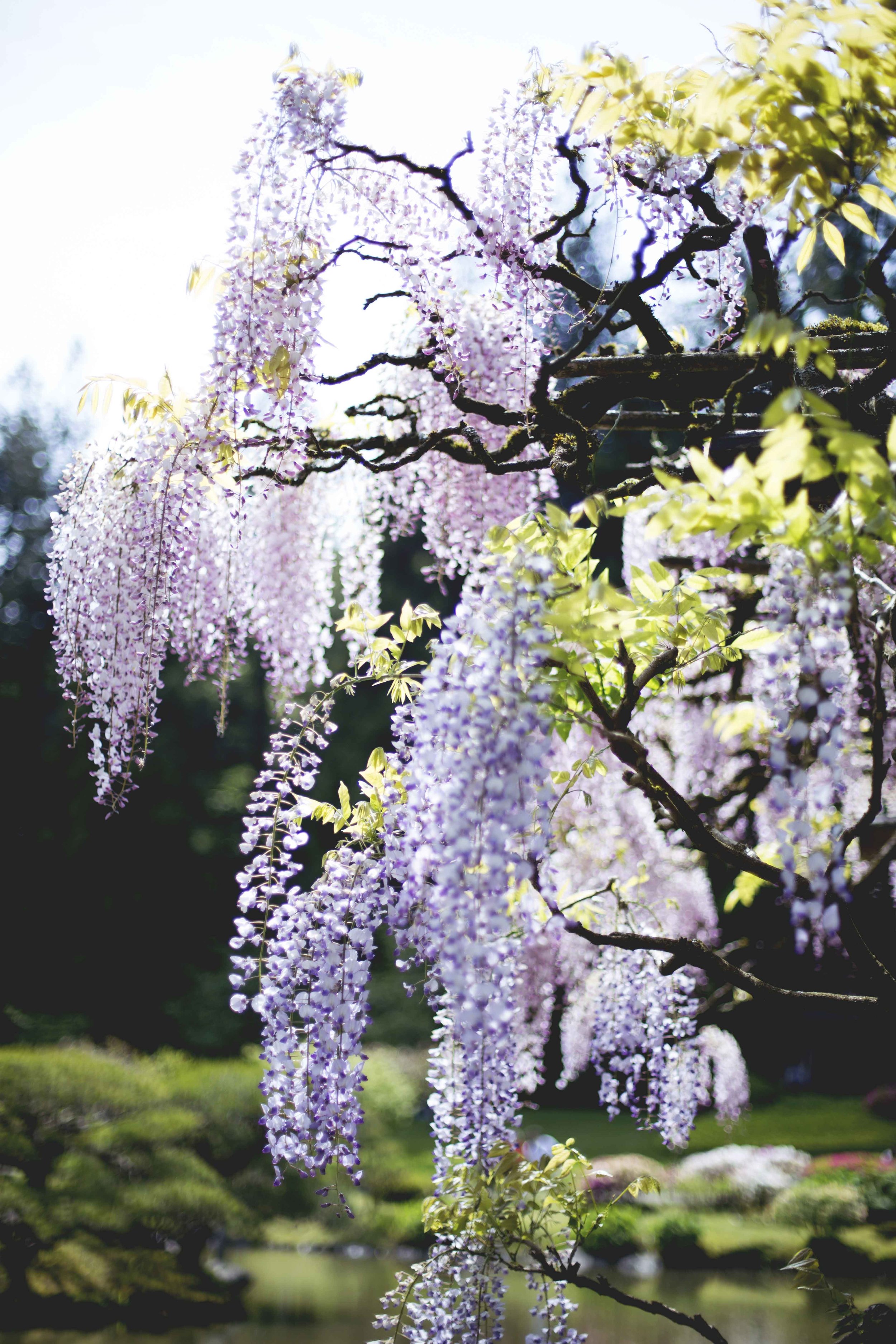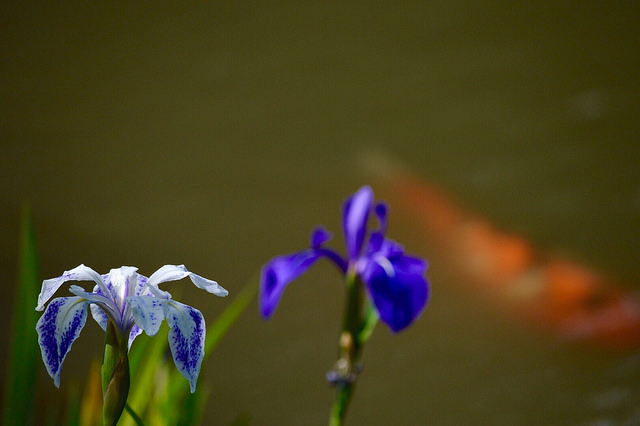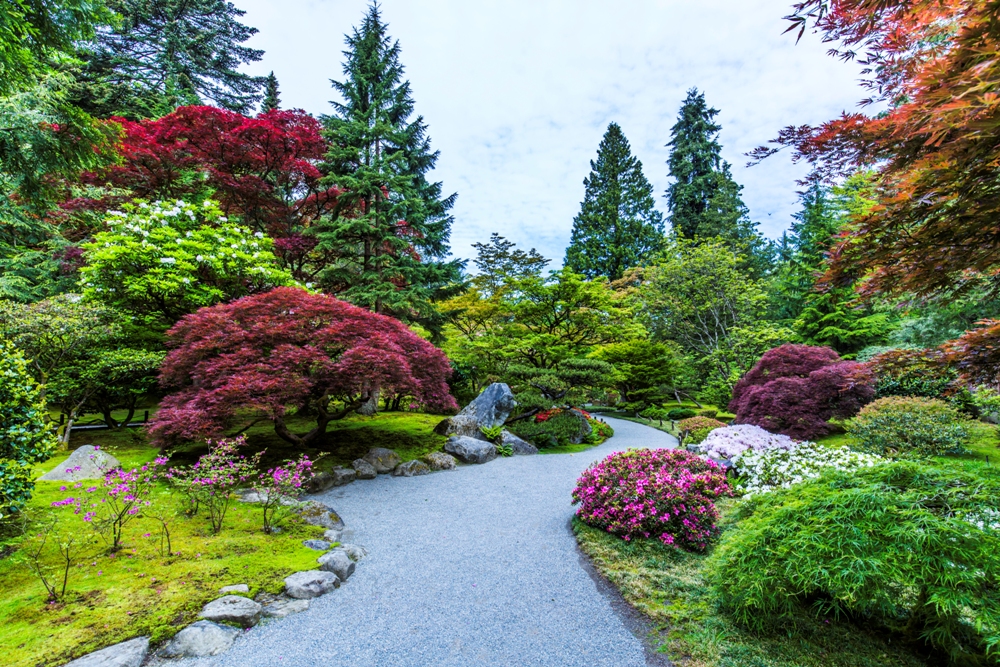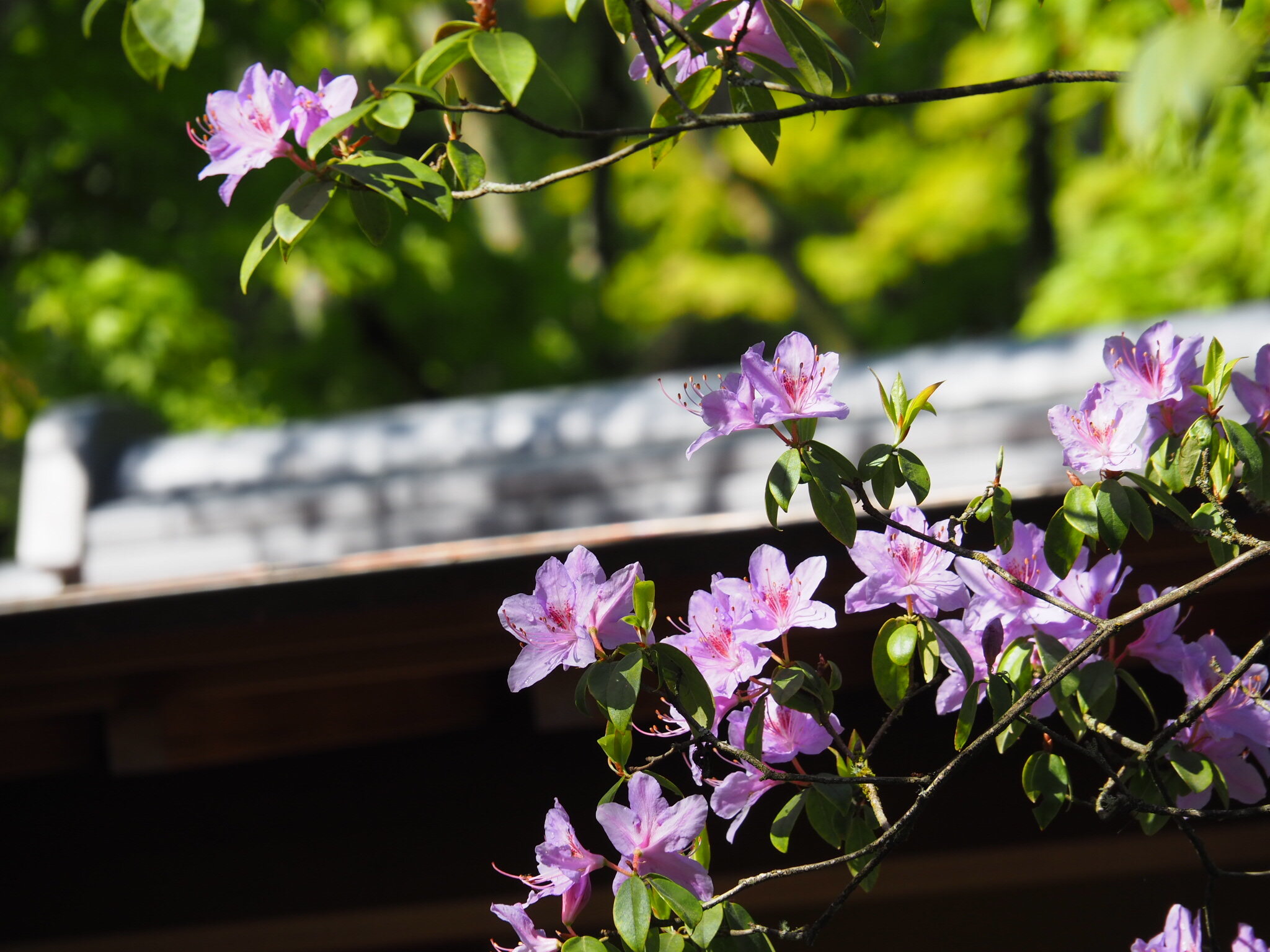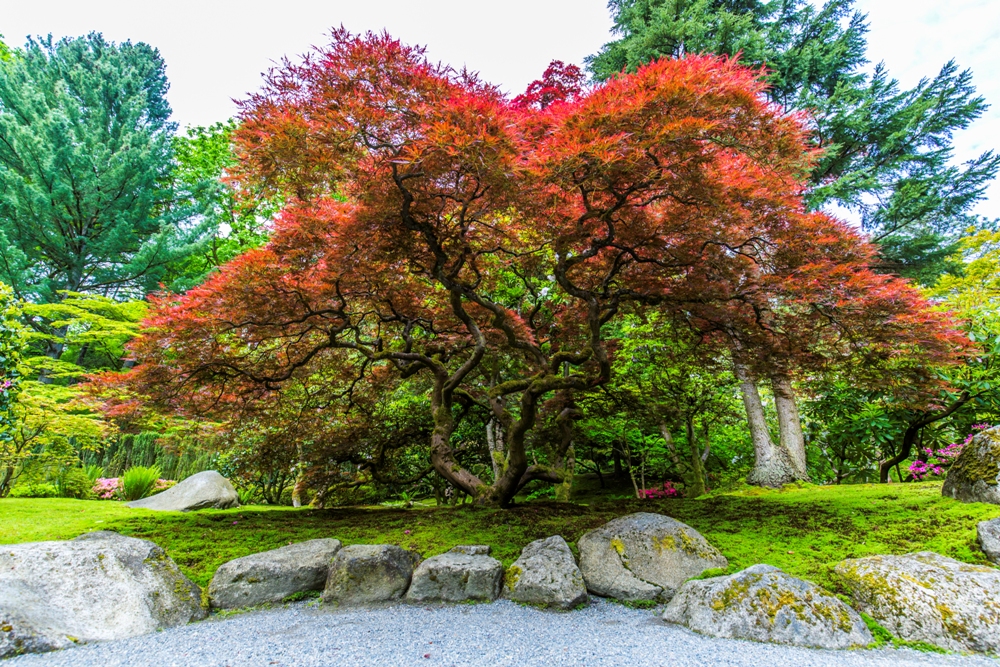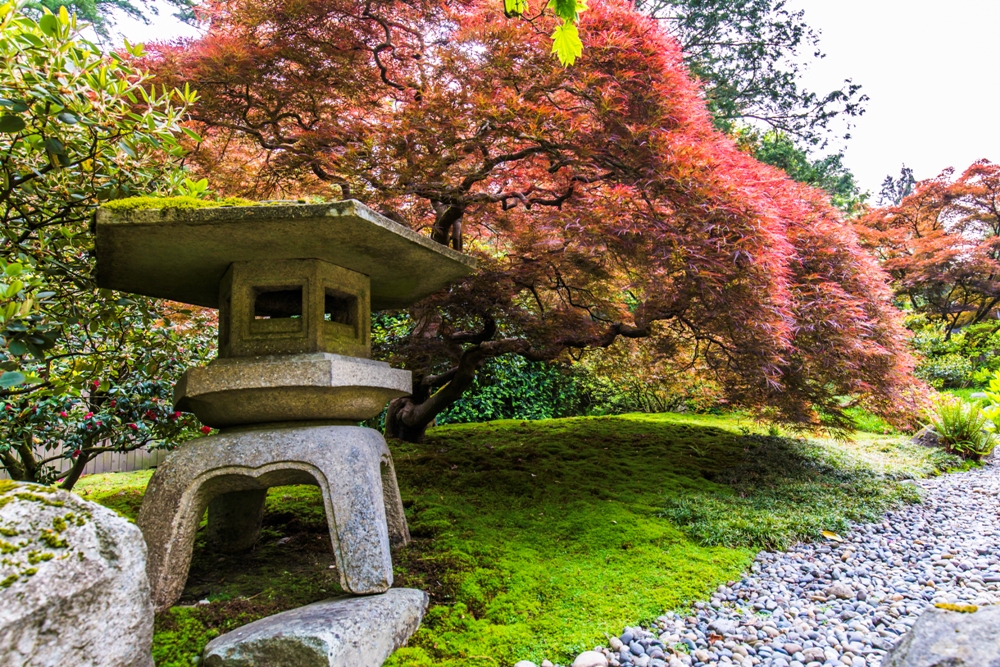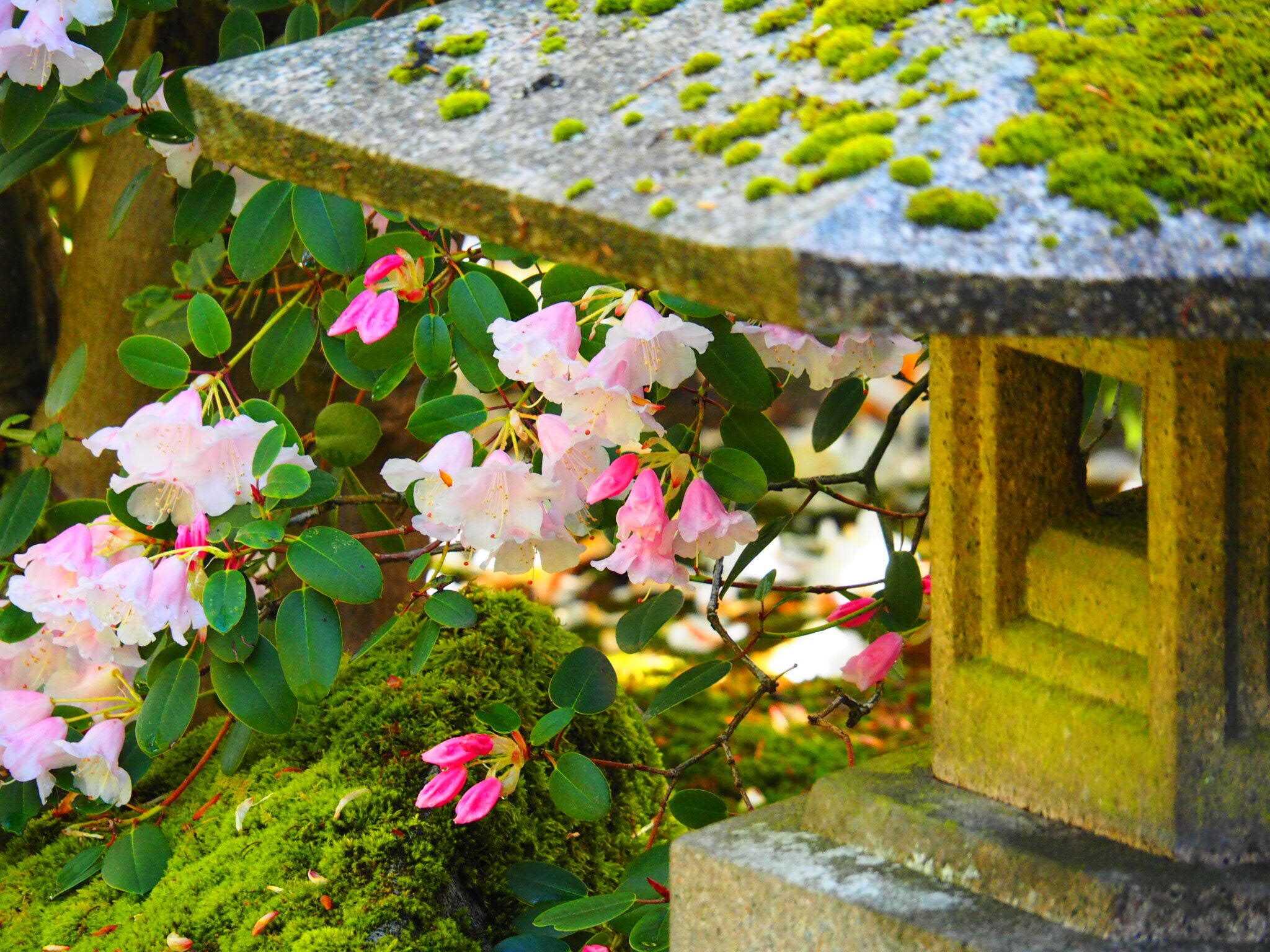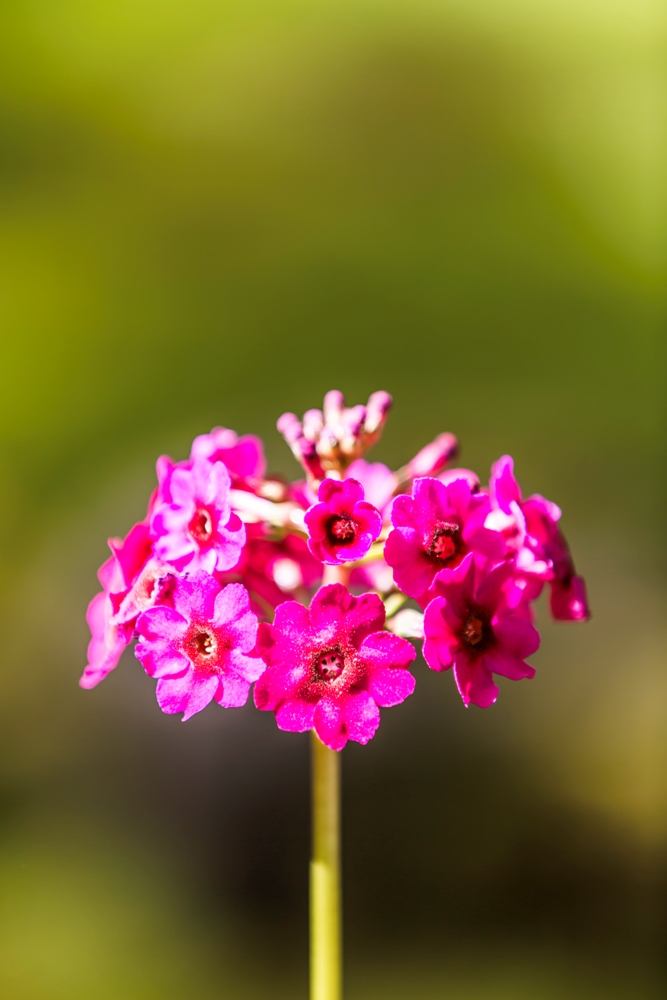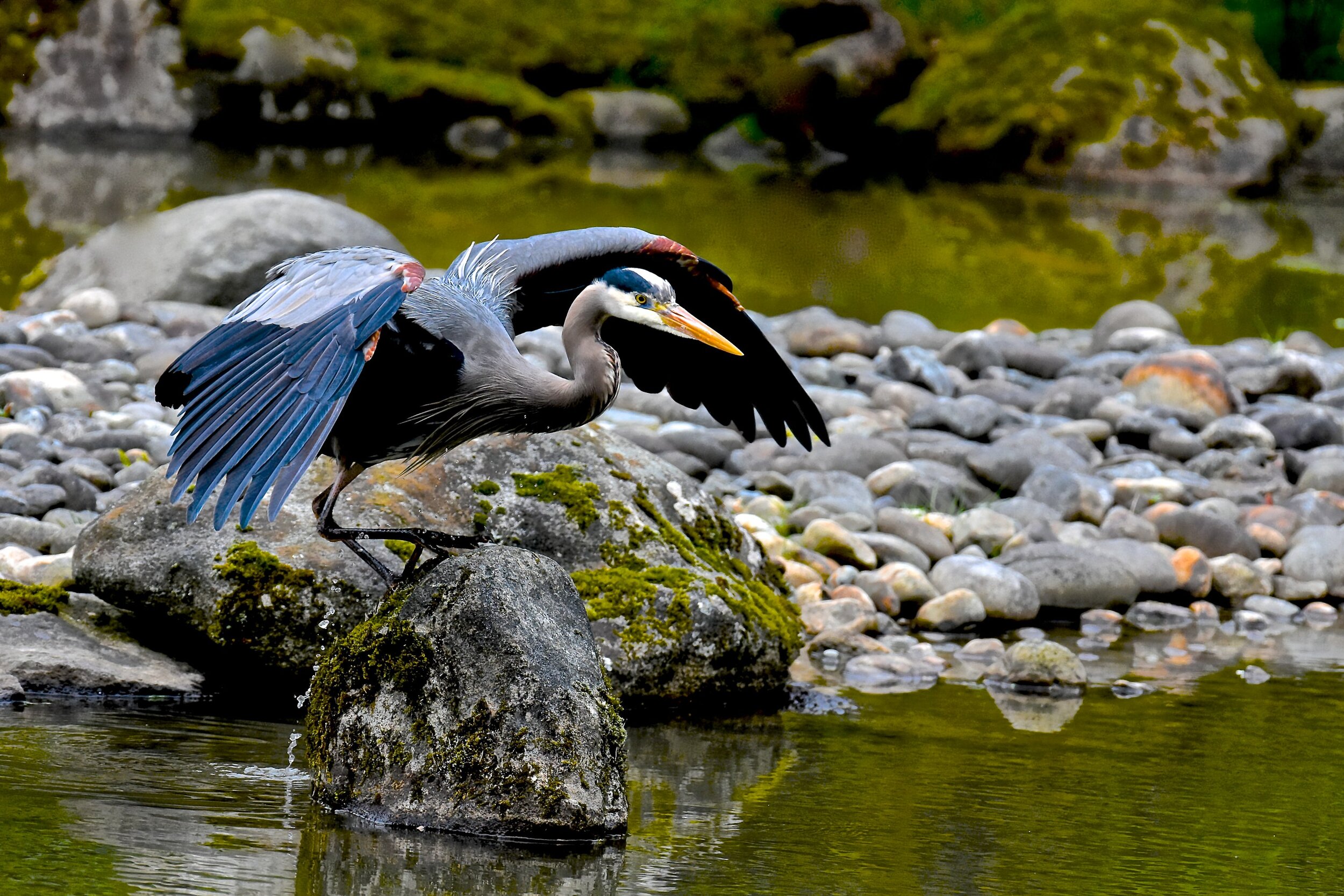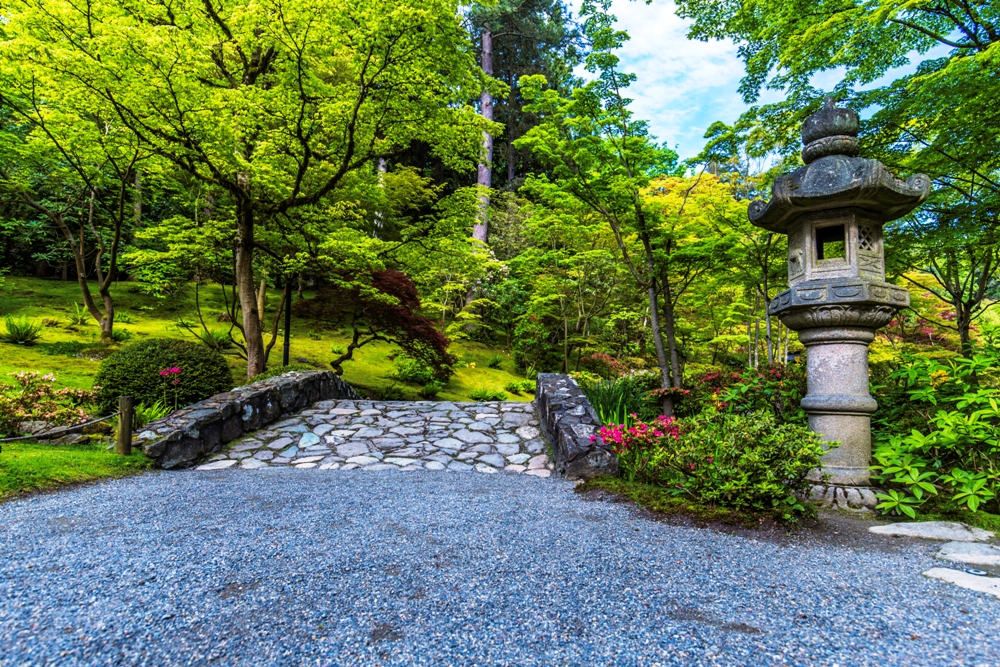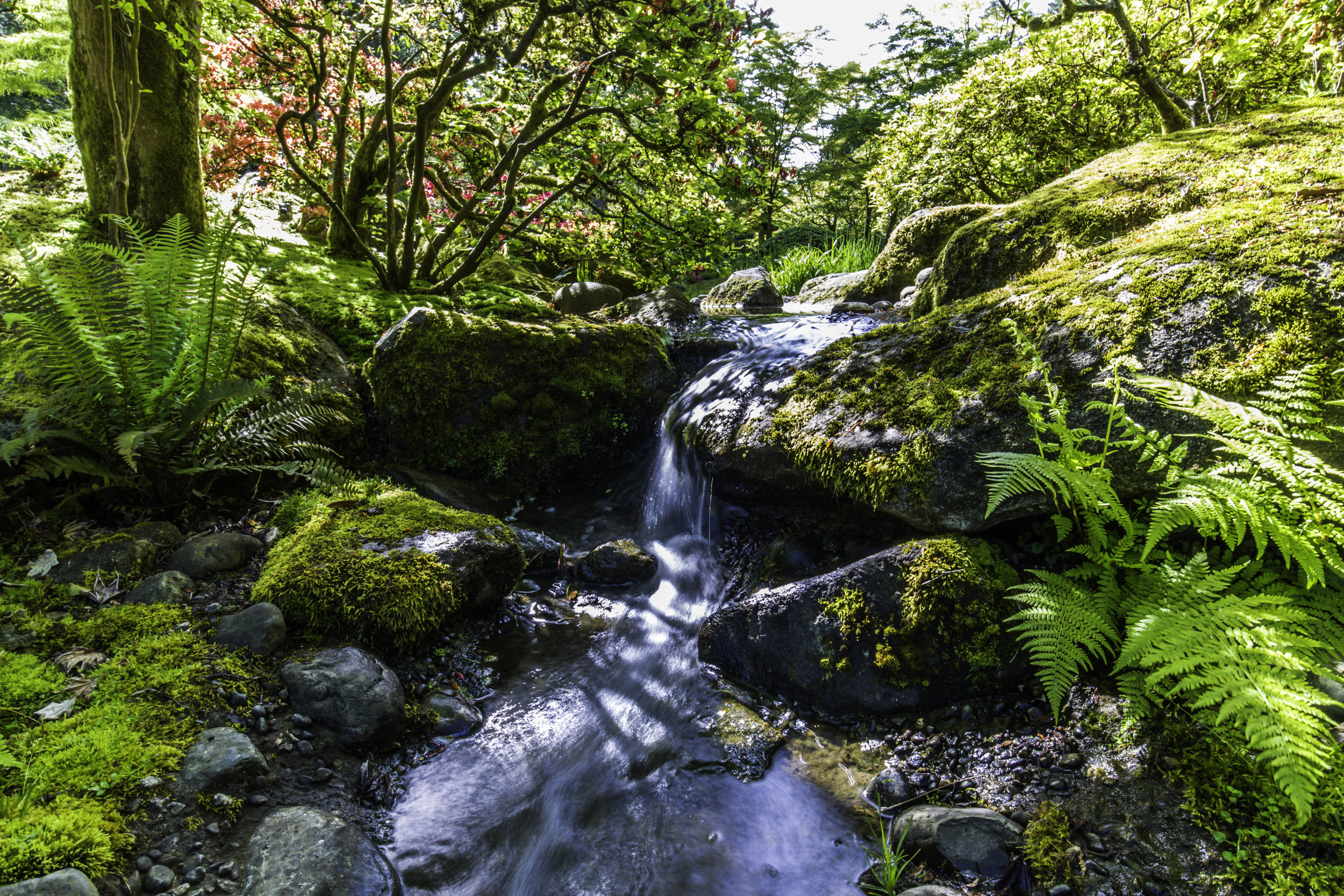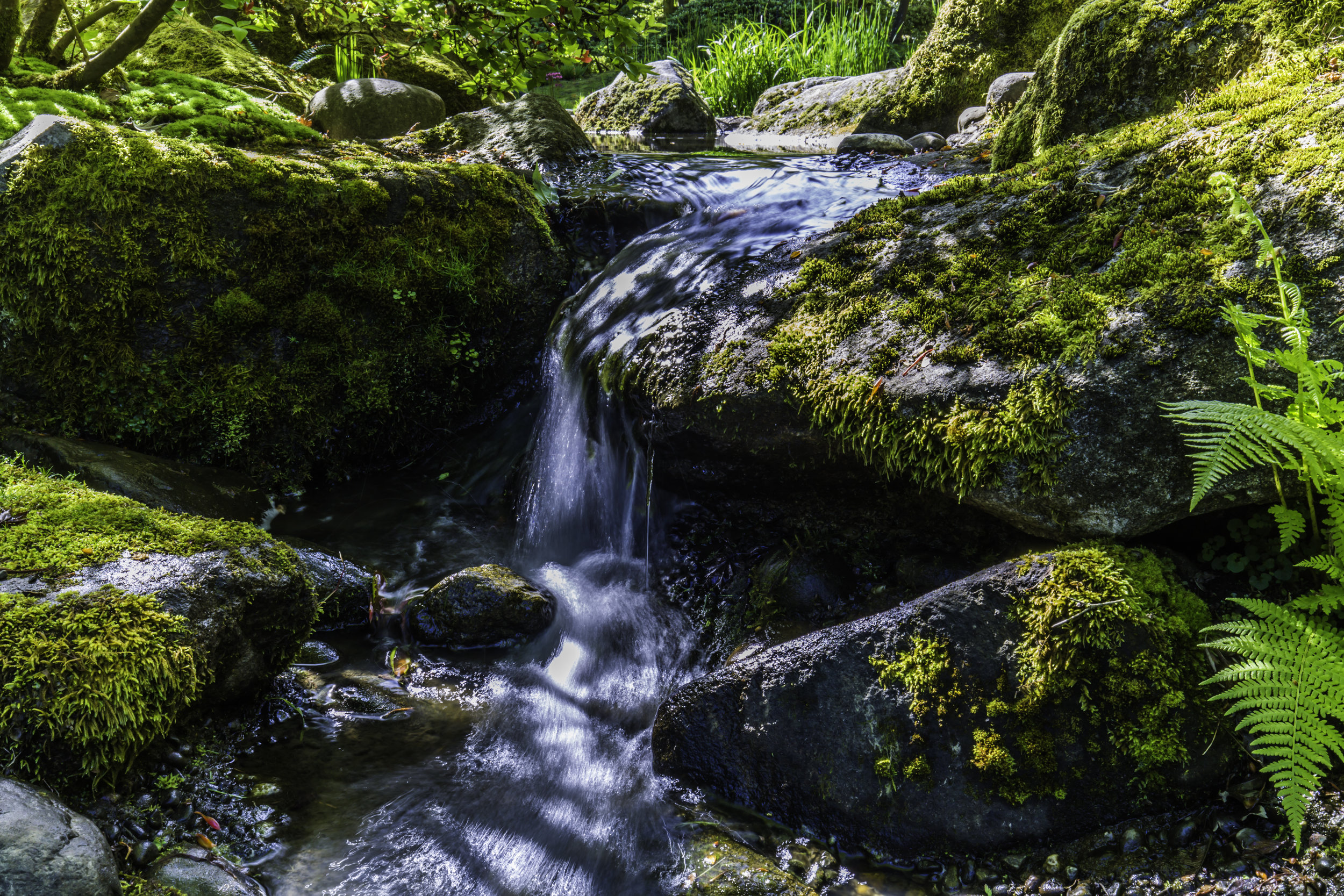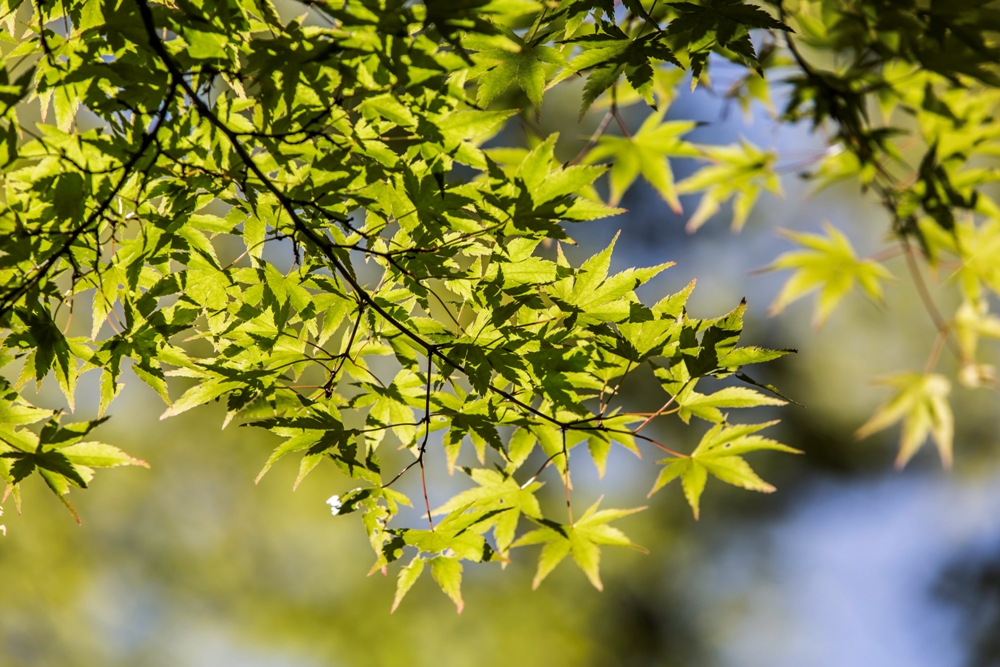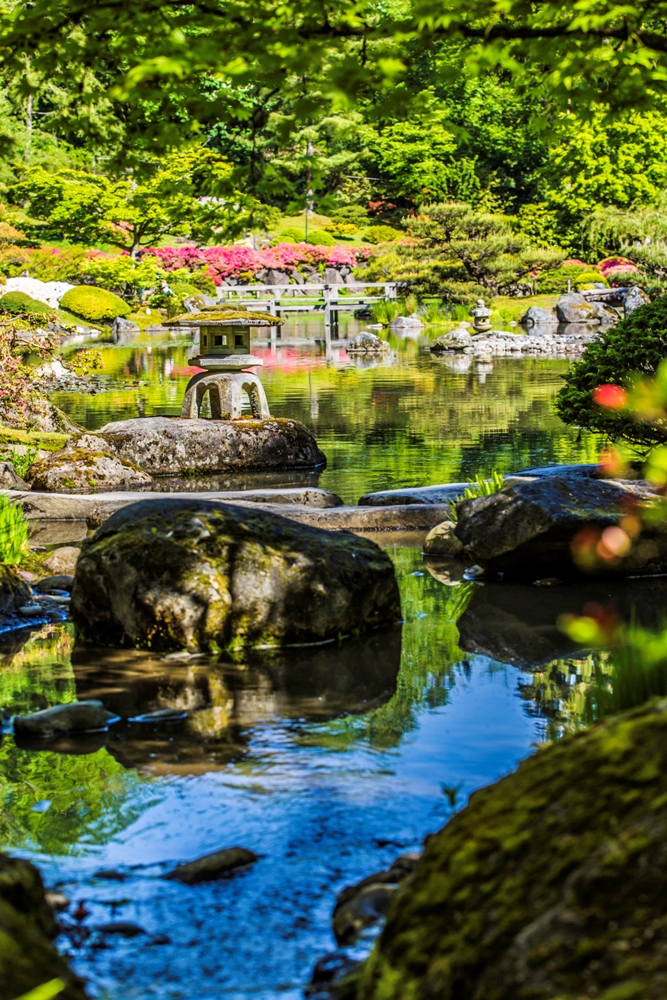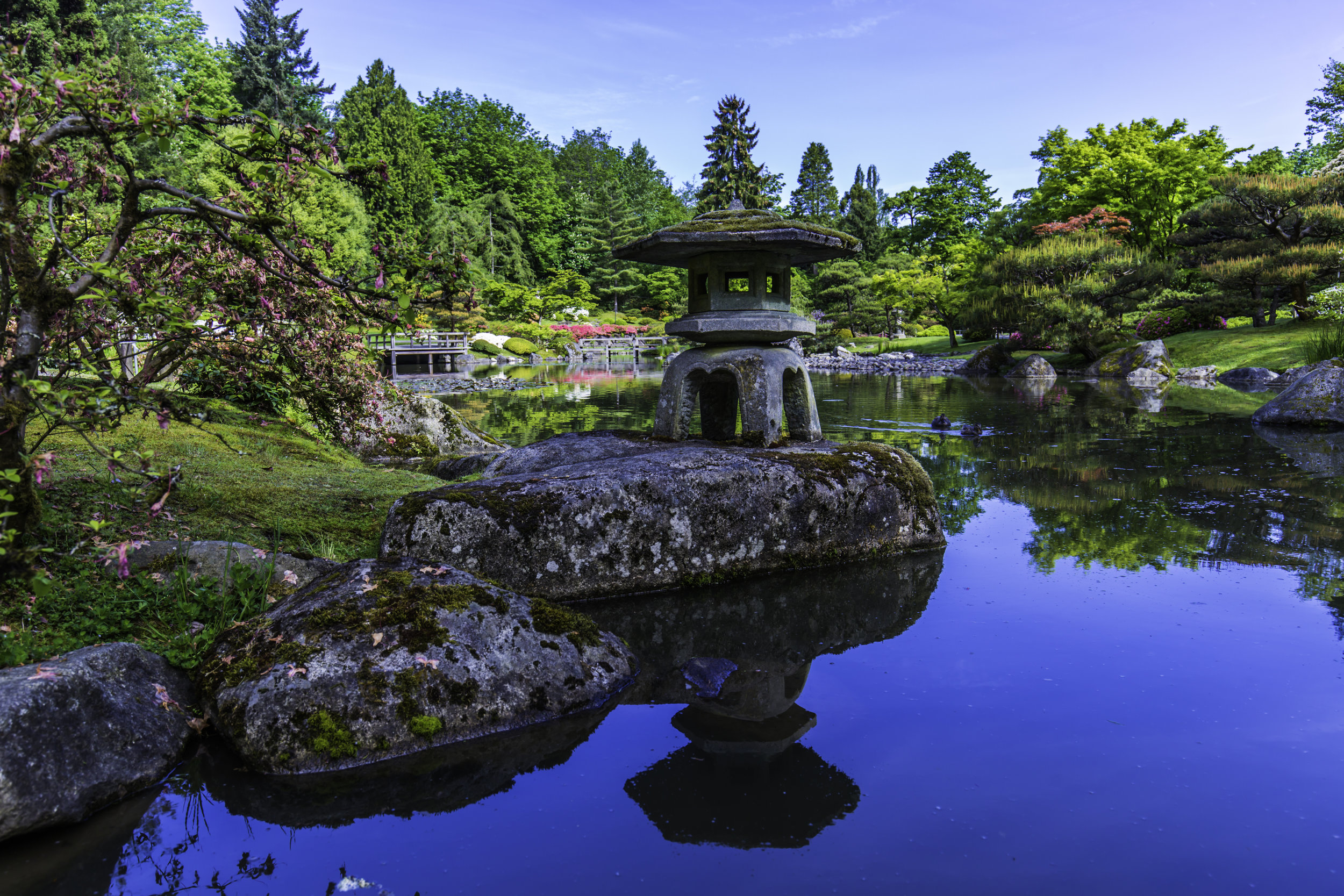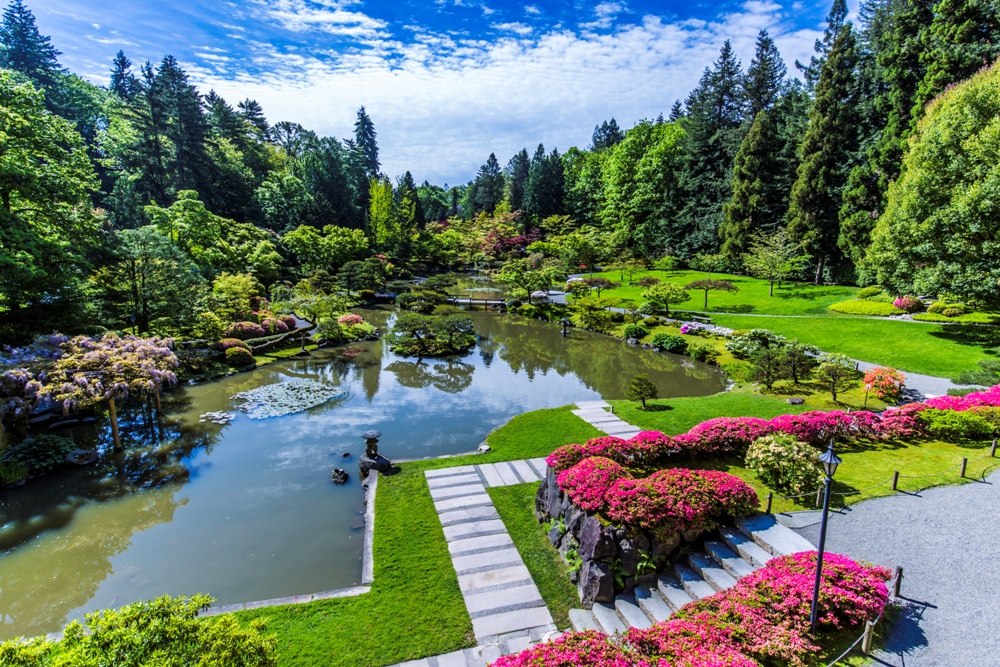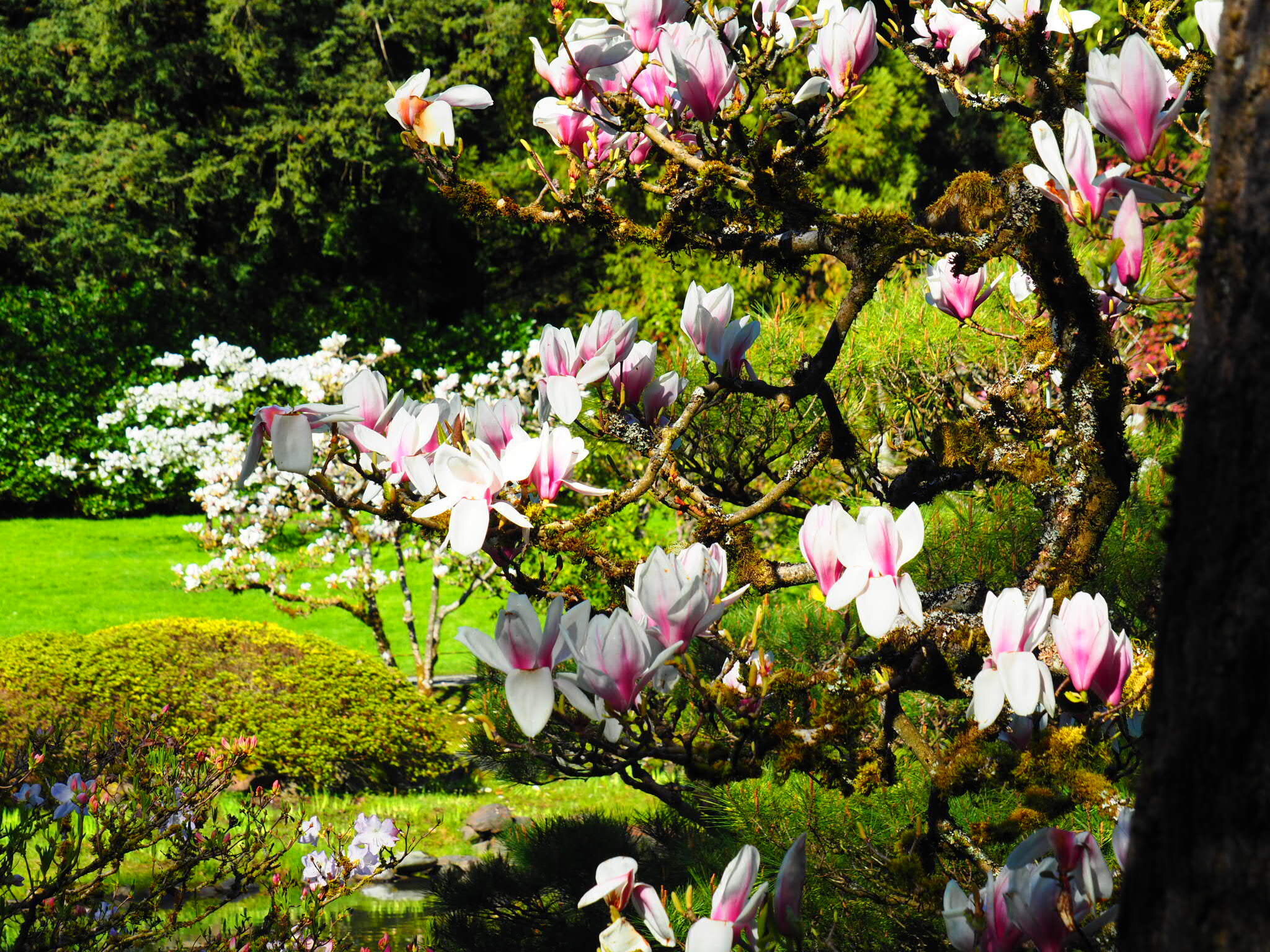2016: Year in Reflection
By Rumi Tsuchihashi
Make time to simply be. Those words don't often appear at the top of anyone's to-do lists. And yet, this year, thousands of you did just that: you made time to be with the tranquil, refined natural beauty of our garden. In 2016, we welcomed more than 85,000 visitors; the largest number of annual visitors we've received since the opening in June 1960. It's a testament to the vital need this garden serves in our community.
Watch as the garden welcomes young visitors to express their hopes at the Tanabata Festival. GIVE TODAY to keep these unique opportunities available in the years to come. Video: Rusted Van Photography via Vimeo. Cover Photo: Colette Bartsma.
Here are some of the noteworthy highlights from 2016:
- Niwashi Volunteers. Under the direction of Head Gardener, Pete Putnicki, we launched an on-the-ground maintenance program called Niwashi Volunteers. In the five months since the program began in July, this small corp of volunteers have put in just over 1,000 hours caring for the delicate moss, sweeping the gravel, collecting fallen maple leaves, and learning about specialized pruning. Their contribution shined through especially in October when the fall foliage was ablaze. The garden saw between 500 - 2,000 daily visitors, and the garden looked spectacular each day--even if a storm had passed through mere hours before the gates opened.
- Guided tours. Our all-volunteer guides, all of whom have been with us for over three years, gave about 350 tours. While we advertise that the tours last 45-minutes, some of our interpretive storytellers were so engaging that the visitors lingered on for conversations exceeding two-hours.
- Shoreline restoration. During the winter months, a team of gardeners made repairs to the most critically eroded sections of the pond shoreline. With capital project funding at a minimum, this ingenious triage procedure narrowly prevented the loss of some priceless pine trees. There is an ongoing fund drive to perform both short and long-term maintenance to our pond.
- Popular festivals. The garden offers opportunities for unique cultural experiences. This is clearly of high value to our visitors, who bought out every last advanced-sale ticket to the First Viewing Shinto blessing ceremony and the Otsukimi Moon Viewing Festival. We also saw record attendance on Children's Day, the Tanabata Star Festival, and most notably the Maple Viewing Festival. Despite cancellation due to an unseasonably powerful storm, 2,200 of you arrived on the rescheduled festival date, and posted hundreds of gorgeous photos with #seattlejapanesegarden for all to enjoy.
Visual Art Exhibits, Performance Arts, and Tea Ceremonies. The art and the aesthetic of the Japanese Garden can sometimes be best appreciated when it's presented alongside related art forms. This year, we curated three visual art exhibits; invited martial arts masters, butoh dancers and taiko drummers to perform in the garden; and offered nearly 50 opportunities for guests to enjoy Chanoyu, the Way of Tea, in the Shoseian Teahouse.
“My son and I both love the peace of the Seattle Japanese Garden.”
What's underway for 2017? Here's a short list of upcoming changes, powered by community supporters like you.
- First Thursdays. Thanks to generous contributions from our supporters, we will begin offering free admission from 3 p.m. to closing on the first Thursdays of the month. We are pleased to make the tranquil garden experience accessible to all visitors, regardless of their ability to pay.
- Historical archive preservation. This year, we welcomed a Scholar-in-Residence aboard. With that, we began a historical archive preservation project, beginning with digitally archiving the original plan set from 1959. In 2017, there'll be a volunteer team working to make these archives accessible online to the general public.
- Event volunteer corps. After seeing many new faces this year at Japanese Garden events, we're organizing a small corps of volunteers to regularly support our cultural education programs and festivals. It's a great opportunity to meet new friends, gain work experience, and deepen your knowledge of Japanese arts and culture.
“This garden is a valley oasis nestled in the mountains.”
Please consider a year-end gift to our garden. Your contribution will preserve this public treasure, and allow thousands more visitors to be touched by the transformative beauty that this garden and its programs have to offer.
Thank you for your continued support of Seattle Japanese Garden. We look forward to greeting you again in 2017.




